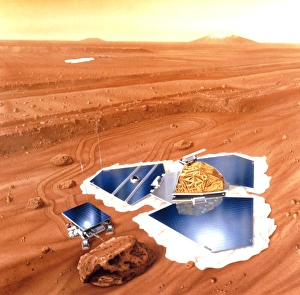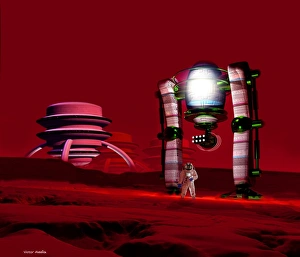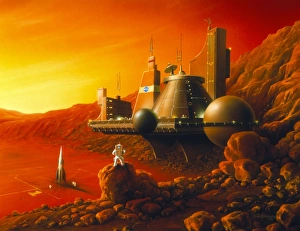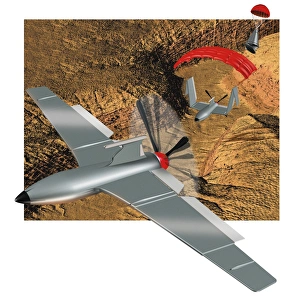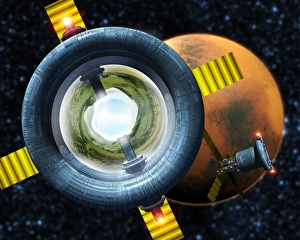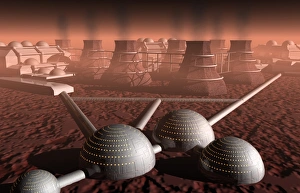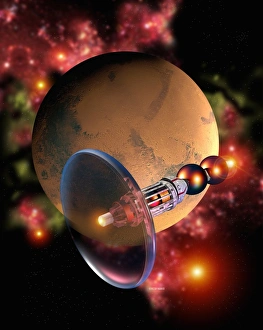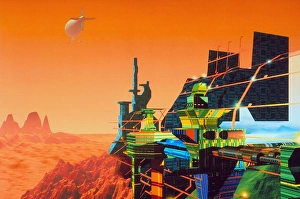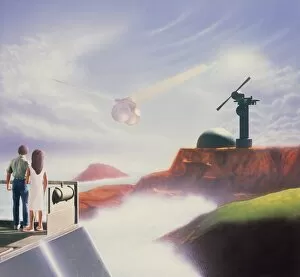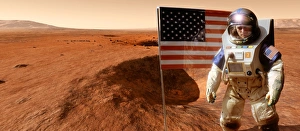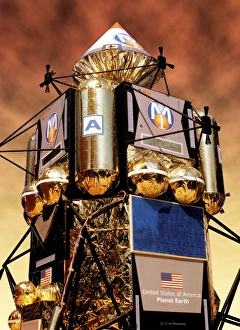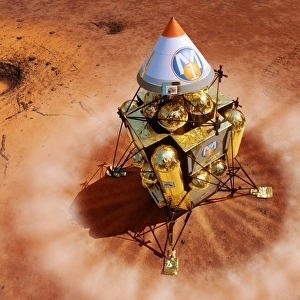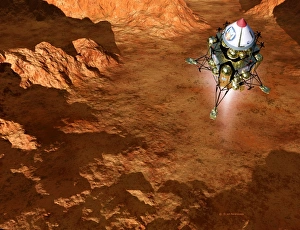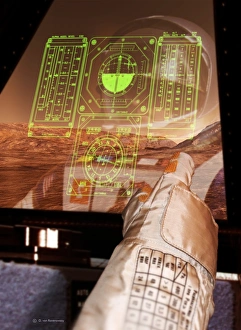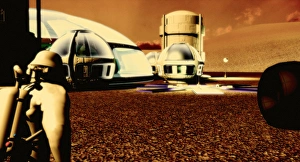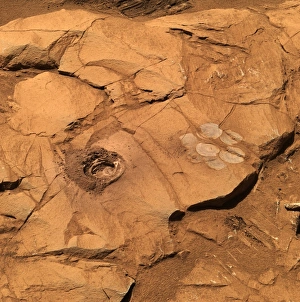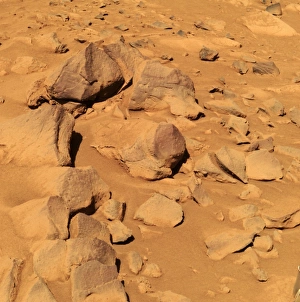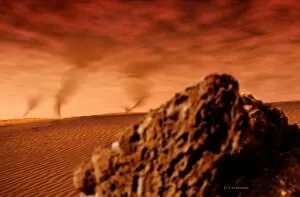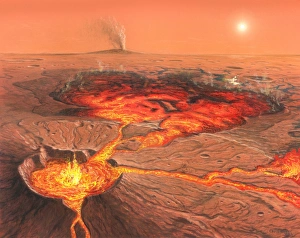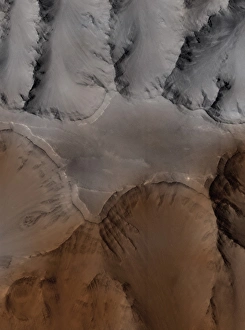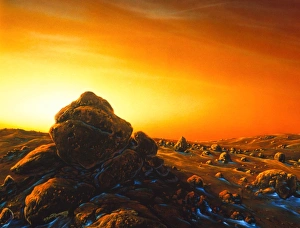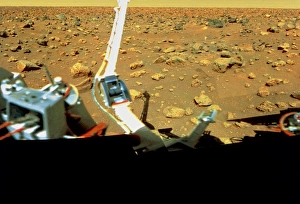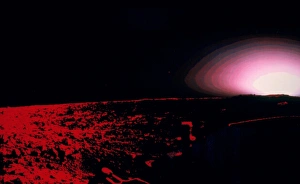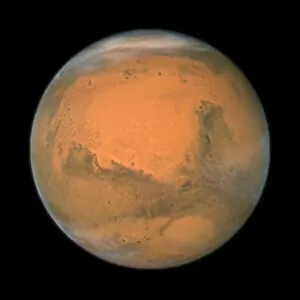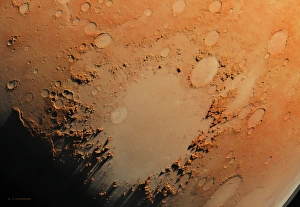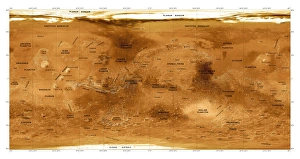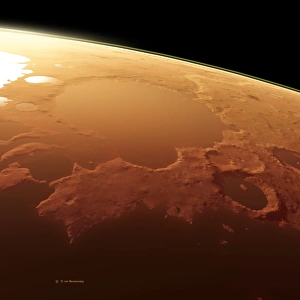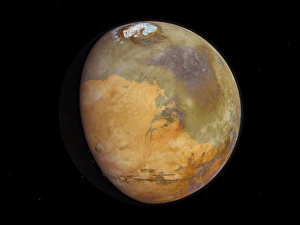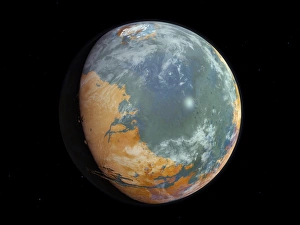Mars Collection (page 36)
"Mars: A Mystical Journey through the Solar System" Intriguingly depicted in a Palmistry map of the hand, Mars, the enigmatic red planet
All Professionally Made to Order for Quick Shipping
"Mars: A Mystical Journey through the Solar System" Intriguingly depicted in a Palmistry map of the hand, Mars, the enigmatic red planet, has captivated human imagination for centuries. Dating back to the 14th century Catalan Atlas, this celestial body has been an object of fascination and exploration. Artworks showcasing our vast Solar System reveal Mars as one of its prominent members. When compared to other planets in terms of size, it stands out with its distinctive reddish hue and captivating allure. Its unique features have beckoned scientists and explorers alike to uncover its secrets. One such endeavor is embodied by the Curiosity rover, represented beautifully in artwork. This robotic explorer traverses Martian landscapes, capturing breathtaking images that unveil a world both alien and strangely familiar. As we delve deeper into understanding Mars' mysteries, we are reminded that amidst scientific discoveries lies room for whimsy. Just like a curious kitten finding solace within a Maltesers cardboard box, humans find joy in unraveling the wonders beyond our own planet. The solar system itself holds countless marvels; from intricate epicycles of Mercury and Venus observed in 1823 C017 / 8061 art piece to Antonio Canova's depiction of The Graces and Venus embodying beauty across space. Mars continues to be an alluring destination for future explorations as humanity seeks answers about our place in the universe. It remains a symbol of resilience and possibility—a reminder that even amidst vastness there is always more to discover. So let us embark on this mystical journey through space together—guided by ancient maps and modern technology—to unlock the secrets held within Mars' crimson embrace.

